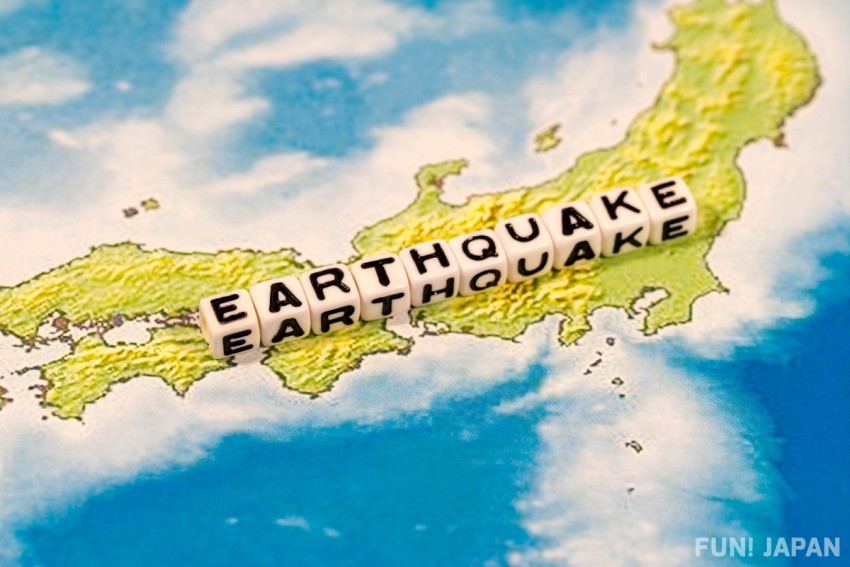
Japan is known as an "earthquake-prone country," and if you include even very minor tremors, earthquakes occur almost every day somewhere in the country. For foreign visitors who are not used to earthquakes, this fact can understandably cause anxiety. Although research and forecasting technologies for earthquakes are advancing every day, it is still currently impossible to predict exactly when and where one will occur.
You may have heard of the possibility of major earthquakes such as the "Nankai Trough Megathrust Earthquake" or a "Tokyo Inland Earthquake." Recently, unfounded rumors like "a massive earthquake will hit Japan on July 5" have also been spreading. In this article, we provide background information about earthquakes in Japan, practical tips on how to prepare and respond if one occurs, and specific actions you can take to stay safe. Our goal is to help you enjoy your time in Japan with greater peace of mind.
How Much Do You Know About Earthquakes in Japan? Answers to Common Questions!
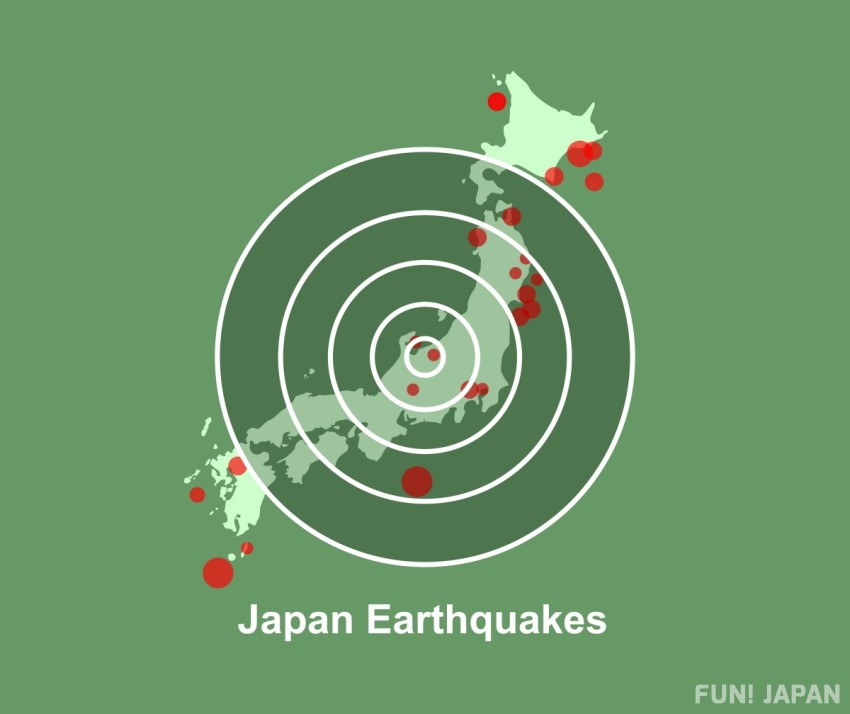
Japan is one of the most earthquake-prone countries in the world. You might have wondered things like, “Which areas have more or fewer earthquakes?” or “What’s the difference between seismic intensity and magnitude?”
In this section, we’ll answer some of the most common questions about earthquakes in Japan in an easy-to-understand Q&A format.
Q1) What is an active fault? Is it different from an earthquake zone?
An “active fault” is a fault that has shifted in the past and is expected to move again in the future. When one of these faults suddenly shifts, it can trigger an earthquake. Around 2,000 active faults have been identified in and around Japan, and many more remain undiscovered. This is why earthquakes can happen anywhere in the country.
Q2) What is the difference between seismic intensity and magnitude?
"Seismic intensity” (Shindo,震度) refers to the strength of shaking felt at a specific location. "Magnitude (M)" represents the overall size or energy of the earthquake itself. In other words, seismic intensity measures local impact, while magnitude measures the earthquake’s total power.
Q3) How often do earthquakes occur in Japan?
In Japan, about 2,400 earthquakes each year are strong enough to be felt (seismic intensity 1 or higher). Around 10 of those reach intensity 5 or above.This means earthquakes occur frequently, and there is always a chance that one could happen anytime, anywhere.
* According to the past 5-year average from the Japan Meteorological Agency’s "Seismic Intensity Database"
Q4) Which areas in Japan have the most earthquakes?
According to the Japan Meteorological Agency's "Seismic Intensity Database", the average number of earthquakes in each prefecture over the past five years is compared, and the following areas are particularly prone to earthquakes.
- Pacific coast of the Tohoku region (Fukushima, Miyagi, Iwate, Aomori)
- Kanto region (Ibaraki, Tokyo, Chiba, Tochigi)
- Chubu region (Nagano, Gifu, especially Ishikawa)
- Southern Kyushu (especially Kagoshima)
Q5) Where in Japan have the fewest earthquakes?
Comparing the same data as above, the following regions have fewer earthquakes on average.
- Parts of southern Kyushu (Saga, Fukuoka)
- Chugoku and Shikoku regions (Tottori, Kagawa, Yamaguchi, Okayama, Shimane)
- Kansai region (Shiga, Nara, Mie)
However, “fewer earthquakes” does not mean “safe.” Even areas with little past seismic activity could still experience a major earthquake in the future.
* According to the Japan Meteorological Agency’s "Seismic Intensity Database" (average by prefecture over the past 5 years)
Japan’s Seismic Intensity Scale

The seismic intensity scale in Japan, as defined by the Japan Meteorological Agency, consists of 10 levels ranging from 0 to 7, objectively indicating the degree of shaking caused by earthquakes. Particularly for intensities of 5-lower and above, typically trigger disaster responses and emergency announcements. These intensity levels serve as important indicators for residents to take appropriate disaster prevention actions, based on the effects of shaking on people, indoor and outdoor conditions, and structural damage. Here's an overview of each intensity level.
- Seismic intensity 0: A very weak earthquake that people don't feel, but detected by instruments. No impact on daily life.
- Seismic intensity 1: Slight shaking felt by some people who are quietly indoors. Hanging objects may sway slightly.
- Seismic intensity 2: Most people indoors feel the shaking. Suspended objects like light fixtures sway noticeably.
- Seismic intensity 3: Nearly everyone indoors feels the shaking. Dishes may rattle, and light swaying is visible.
- Seismic intensity 4: Tremors that surprise most people. Suspended objects such as light fixtures swing significantly, and unstable items may fall.
- Seismic intensity of 5-lower: Most people feel frightened. Dishes and books may fall from shelves, and unsecured furniture may move.
- Seismic intensity of 5-higher: Difficult to move around. Many items fall from shelves, TVs may fall from stands, and some furniture may topple.
- Seismic intensity of 6-lower: Nearly impossible to stand. Most unsecured furniture falls over. Wall tiles and windows may break and fall.
- Seismic intensity of 6-higher: Crawling is the only way to move. Buildings may suffer structural damage, and older wooden homes may collapse.
- Seismic intensity 7: Even earthquake-resistant buildings can suffer severe damage. Widespread building collapses, landslides, and cliff failures may occur.
What's the Difference Between Earthquake "Prediction" and "Forecast"? And What About "Prophecies"?

When it comes to information about earthquakes, terms like “prediction” and “forecast” are often used. But they each have distinct meanings.
- Earthquake Forecast: An estimation of the possible time, location, and magnitude of an earthquake before it occurs. However, with current scientific technology, we cannot accurately determine these factors.
- Earthquake Prediction: A type of forecast that is particularly reliable and can lead to official warnings.
- Earthquake Prophecy: Information not based on scientific evidence. For example, a so-called “prophecy” spread from the work of Japanese manga artist and psychic Ryo Tatsuki, claiming a major disaster would strike Japan on July 5, 2025. This has even led to reported trip cancellations by travelers from Hong Kong.
In short, while it is currently impossible to "predict" earthquakes with certainty, we can "forecast" them based on past data. As for "prophecies", they are unscientific, so it’s essential to rely on accurate information from official sources.
What Are the “Forecast,” “Bulletin,” and “Warning” in the "Earthquake Early Warning"(EEW)? What’s the Difference?
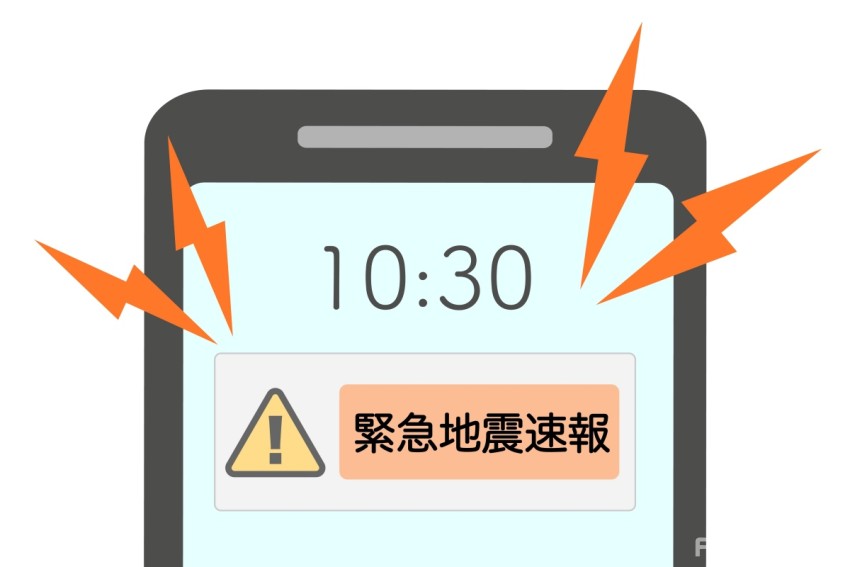
The "Earthquake Early Warning" that sounds from smartphones and TVs is a crucial system that notifies us before or when earthquake shaking arrives. Here's an explanation of the terms "forecast," "report," and "warning" used in this system.
- Forecast: Initial information released immediately after an earthquake, providing preliminary values for the epicenter and magnitude. It may still have low accuracy.
- Bulletin: Information sent simultaneously to TVs and smartphones seconds to tens of seconds before the shaking arrives. It encourages quick action for self-protection.
- Warning: Particularly important information issued specifically for areas where the predicted seismic intensity is generally 4 or higher on the Japanese scale. When a warning sounds, it urges immediate protective action.
In other words, "forecasts" and "bulletins" are issued immediately after an earthquake occurs, while "warnings" are specifically issued for areas expected to experience strong shaking. It's easier to understand if you think of it this way. When a warning sounds, take immediate action to ensure your safety.
Disasters And Damages That Occur With Earthquakes
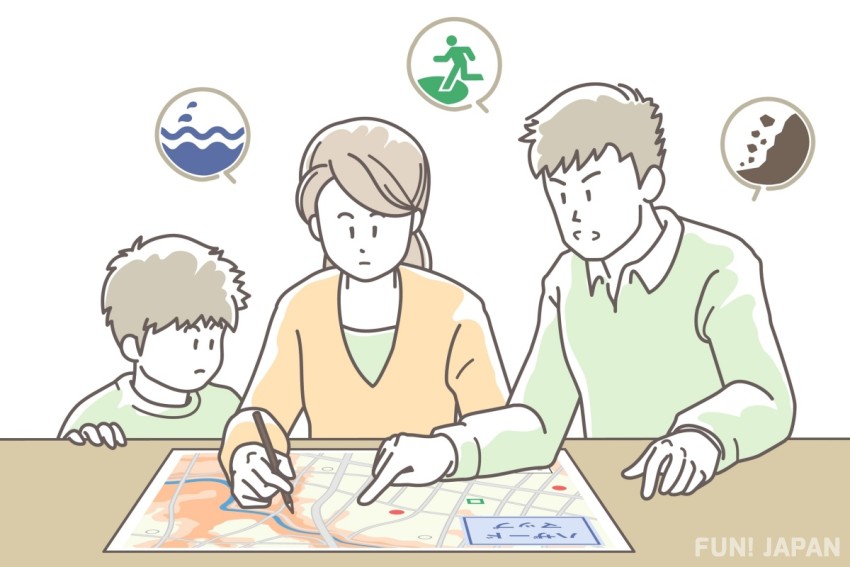
Not only the shaking of the earthquake itself, but various secondary disasters may also occur. Understanding these disasters can help you act more safely.
The main damages caused by earthquakes include:
- Tsunami: Huge waves generated by undersea earthquakes that surge towards coastal areas.
- Building collapse: Structures breaking due to strong shaking.
- Fire: Caused by gas leaks, electrical shorts, etc.
- Landslides: Cliff collapses or landslides triggered by shaking.
- Liquefaction: A phenomenon where the ground becomes soft like liquid, causing buildings to tilt.
When an earthquake occurs, especially in a large city, the following damage is also possible.
- Falling objects: Danger of furniture toppling over, or windows and exterior walls falling.
- Telephone and communication disruptions: Phone lines may become congested, and internet connections may be difficult.
- Mobility difficulties: Roads may be cut off and trains may stop, making it very difficult for people to move around.
- Electricity, gas, and water outages: Possibilities of power outages, water supply cuts, and gas stoppages.
If you're worried about earthquakes during your trip to Japan, please prepare simple emergency supplies in advance to be ready for these disasters.
Related Articles
- September 1 is Japan's "Disaster Prevention Day" - the day when the Great Kanto Earthquake occurred in 1923
- What to do if a tsunami comes while traveling? Summary of types of tsunami warnings and disaster prevention goods
What to Do When an Earthquake Strikes? Where to Evacuate During an Earthquake?

Earthquakes can occur anytime, anywhere. To respond calmly if you encounter an earthquake during your stay in Japan, let's review what to do before, during, and after an earthquake.
What to Do Before an Earthquake Comes

While "advance preparation" during travel is limited, it's good to pay attention to the following points.
- Check your travel insurance: Consider purchasing travel insurance. Choose a plan that covers earthquake damage, emergency medical expenses, flight delays/cancellations for peace of mind.
- Check evacuation routes: To evacuate quickly in emergencies, check the evacuation route map, emergency exits, stairs, and outdoor assembly points posted in your hotel room.
- Ensure personal safety: Do a simple safety check - are there large furniture pieces that might fall? Are you directly under glass or lighting fixtures? When sleeping, it's best to be away from potentially falling objects.
- Confirm communication methods: For contacting family and friends, check Wi-Fi availability, roaming settings, and how to make international calls. Also, remember emergency numbers (Police: 110, Fire/Ambulance: 119).
- Prepare tools for earthquake information: Install earthquake alert apps on your smartphone or bookmark websites for checking earthquake information. Some alerts may sound before the shaking starts.
- Learn simple Japanese disaster prevention terms: Memorizing a few useful Japanese words like "地震"(じしん / jishin, earthquake), "津波"(つなみ / tsunami), "避難"(ひなん / hinan, evacuation), "高台"(たかだい / takadai, evacuation high ground) can help you understand instructions better in emergencies.
- Prepare emergency supplies: While it's difficult to prepare everything during travel, having minimal emergency supplies like emergency food, water, mobile battery, and flashlight can provide peace of mind.
What to Do When an Earthquake Strikes
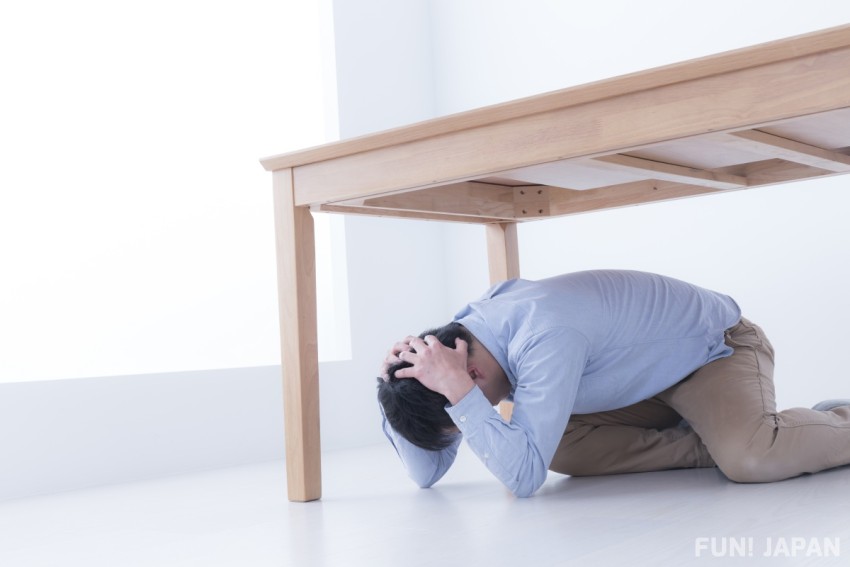
When an earthquake actually occurs, prioritize protecting yourself.
Protect yourself first: Quickly move to a place where you can protect yourself from falling objects, like under a table, and protect your head with your arms or a bag. Places without overhead falling hazards are safe.
- Don't rush outside: The area outside buildings can be dangerous due to falling glass or signs, so avoid going outside until the shaking stops.
- Be careful of fire sources: If you're in the kitchen, prioritize your safety over trying to extinguish fires. Turn off fire sources after the shaking stops.
- Don't use elevators: Don't use elevators during or immediately after feeling tremors. If trapped, use the emergency button to call for help.
- Calmly assess the surroundings: While being cautious of potential injury sources like glass shards or fallen furniture, evacuate calmly if necessary.
What to Do After an Earthquake Comes
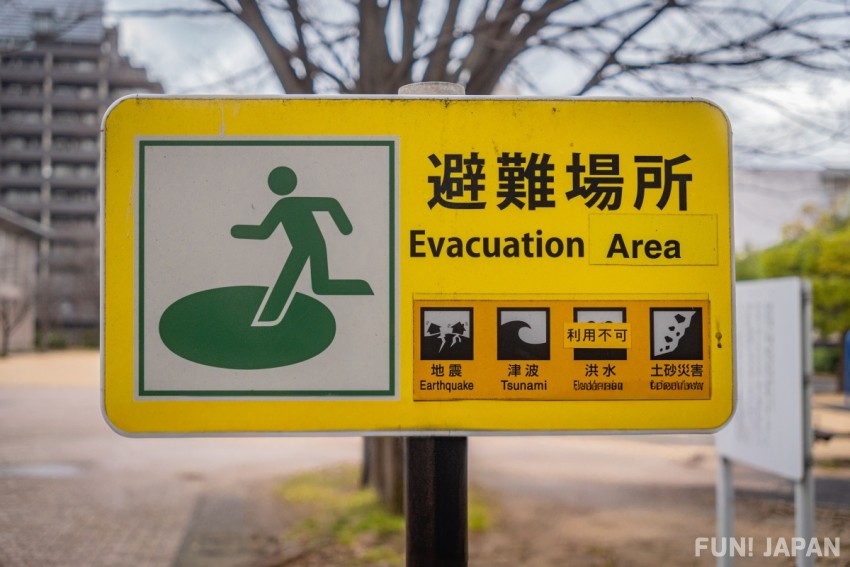
Even after the shaking stops, continued caution is necessary due to risks of aftershocks and fires.
Prepare to evacuate to a safe place: If there's a risk of building collapse or fire, check your surroundings and evacuate to nearby shelters or open spaces (parks, schools, etc.).
- Check evacuation information: Confirm the latest evacuation information from your smartphone, hotel front desk, or nearby staff. Utilizing multilingual apps for foreign tourists (like Safety tips) can be helpful.
- Act calmly: Even if those around you are panicking, stay calm. When evacuating, minimize your belongings and cooperate with others.
- Follow rules at evacuation centers: If you go to an evacuation center, it's important to stay in designated areas and maintain order as instructed.
- Obtain accurate information: Try not to be misled by uncertain information on SNS and aim to check official information from the government and local authorities.
"Was That an Earthquake Just Now?" How to Check Earthquake Information in Real-Time?
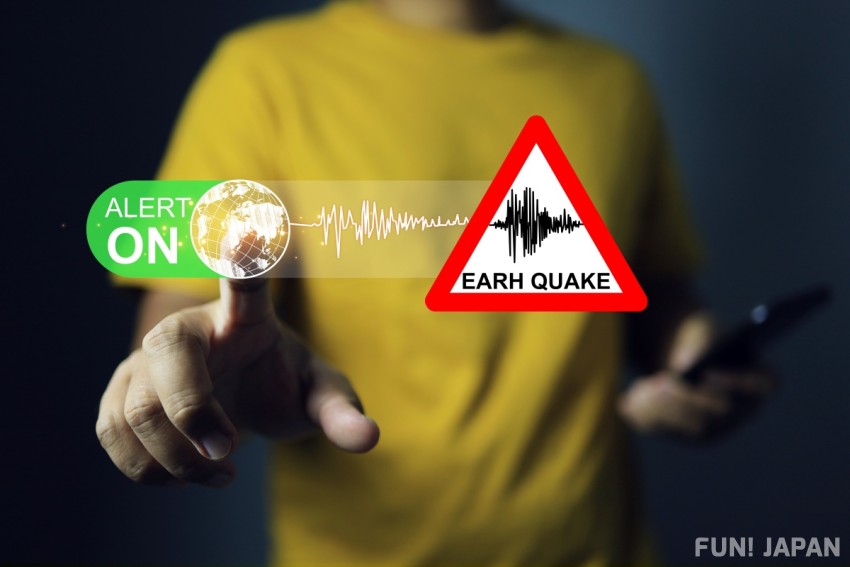
When you feel a tremor during your trip or hear about an earthquake in the news, you can use smartphone apps or official websites to get accurate, real-time information to confirm "Was that shaking an earthquake?"
"Notification-sending" smartphone "apps" for quickly checking earthquake location and information
Safety tips: A disaster prevention app developed for foreign travelers. Notifies emergency information in multiple languages.
- Yahoo! Disaster Alert: Notifies alerts for earthquakes, tsunamis, heavy rain, etc., by region. Also supports English display.
- My Earthquake Alerts & Feeds: An English-compatible app providing global earthquake alerts and disaster prevention information.
"Websites" and "News sites" for checking detailed earthquake information
- Japan Meteorological Agency Earthquake Information (www.jma.go.jp): Official epicenter and seismic intensity information from public institutions in Japan.
- NHK NEWS WEB (https://www.nhk.or.jp/): News site delivering real-time earthquake alerts and caution information.
- Weather News (weathernews.jp): Information site with earthquake maps and aggregated social media posts to check local conditions.
5 Facilities Where You Can Experience Earthquakes

There are even facilities where you can not only deepen your knowledge of Japan's earthquake countermeasures but also actually experience shaking.
- Sona Area Tokyo (Tokyo Rinkai Disaster Prevention Park): https://www.tokyorinkai-koen.jp/sonaarea/
- Ikebukuro Life Safety Learning Center (Tokyo Fire Department):https://www.tfd.metro.tokyo.lg.jp/taiken/ikebukuro/index.html
- Tachikawa Life Safety Learning Center (Tokyo Fire Department):https://www.tfd.metro.tokyo.lg.jp/taiken/tachikawa/index.html
- Honjo Life Safety Learning Center (Tokyo Fire Department):https://www.tfd.metro.tokyo.lg.jp/taiken/honjo/index.html
- Kita City Disaster Prevention Center (Earthquake Science Museum): https://www.city.kita.lg.jp/safety/disaster/1002639/1002675.html
Referring to this article before departing for Japan can help alleviate anxiety. Please use it as a reference.
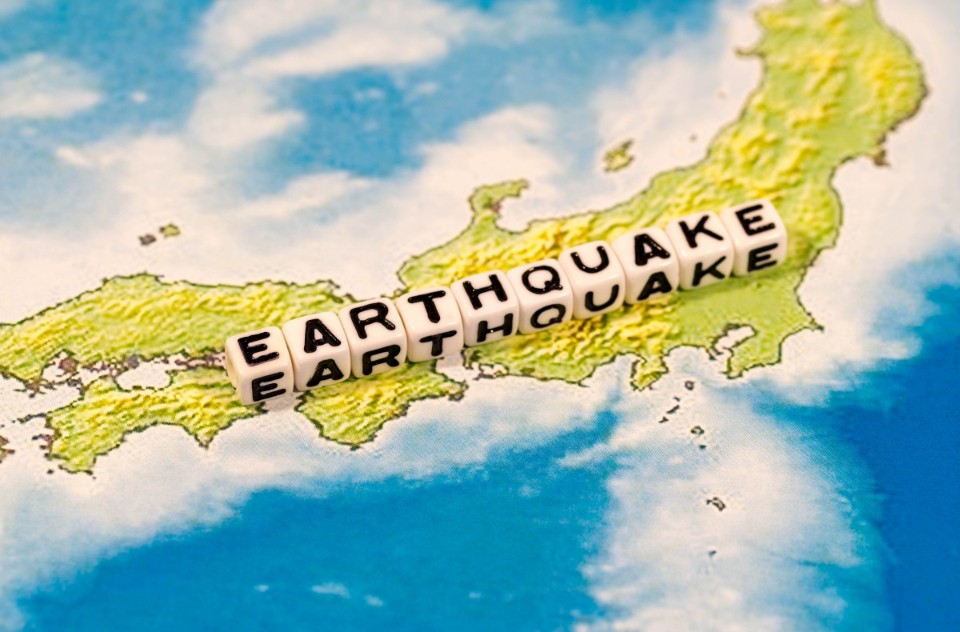
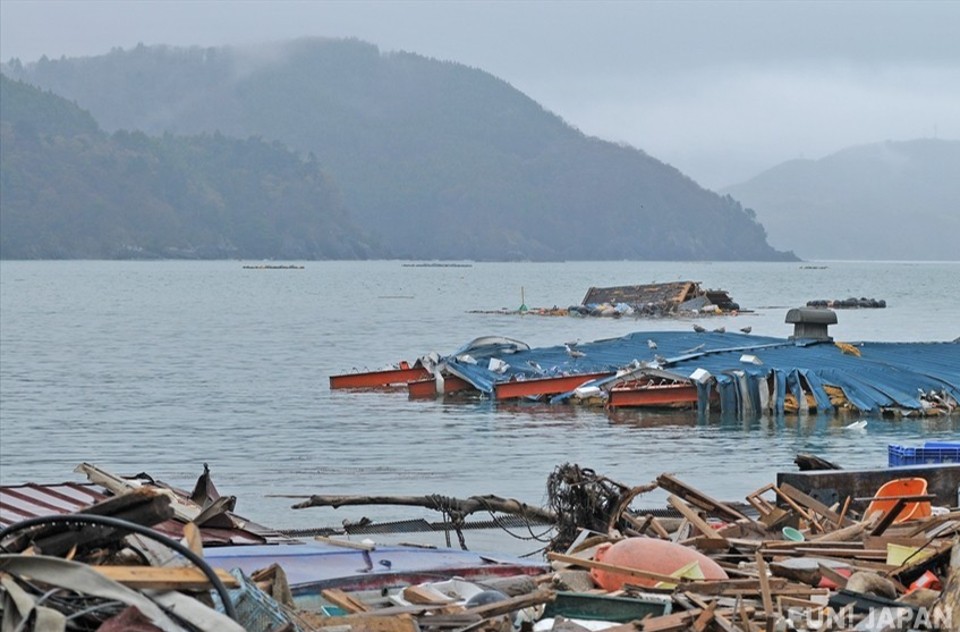
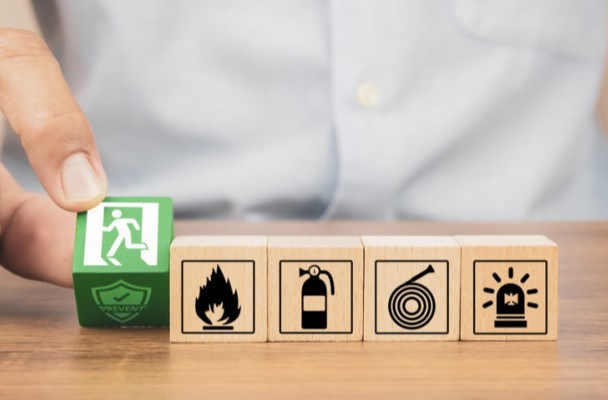

Comments